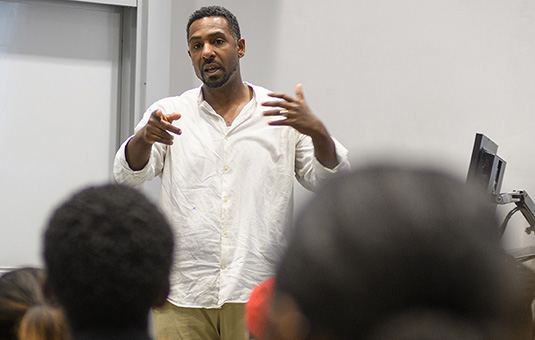
History
The Emigration of Egon Schiele: Jewish Refugees and Austrian Modernism in New York
Document Type
Book Chapter
Abstract
The sole sale, for instance, from Kallir's 1941 exhibition of Egon Schiele was to a refugee collector who apparently paid off the $ 225 total in weekly installments of thirteen dollars for about a year and a half. Kallir's fortunes and self-perception changed by the end of the 1950s. Exhibitions staged by Kallir, particularly those of Egon Schiele, attracted the attention of some of the most prestigious collectors and museums in the United States. In 1954, Portrait of Paris von Gutersloh. In the aftermath of the Anschluss in March 1938, Kallir fled to Lucerne, Paris, and finally to New York in 1939. Kallir also made plans for the emigration of his collection. Kallir's experiences at this time were highly uncharacteristic of the so-called wilde Aryanization, which began immediately following the Anschluss. The content of the art collection that had been Kallir's source of authority and identity in Vienna remained reasonably, indeed remarkably, consistent after the Anschluss.
Publication Title
Erasures and Eradications in Modern Viennese Art, Architecture and Design
Publication Date
2022
First Page
74
Last Page
86
ISBN
9781000646016
DOI
10.4324/9781003176909
Keywords
Egon Schiele, Asurian Modernism, museums, art collectors, Kallir, art collections
Repository Citation
Tanzer, Frances, "The Emigration of Egon Schiele: Jewish Refugees and Austrian Modernism in New York" (2022). History. 123.
https://commons.clarku.edu/historyfac/123


